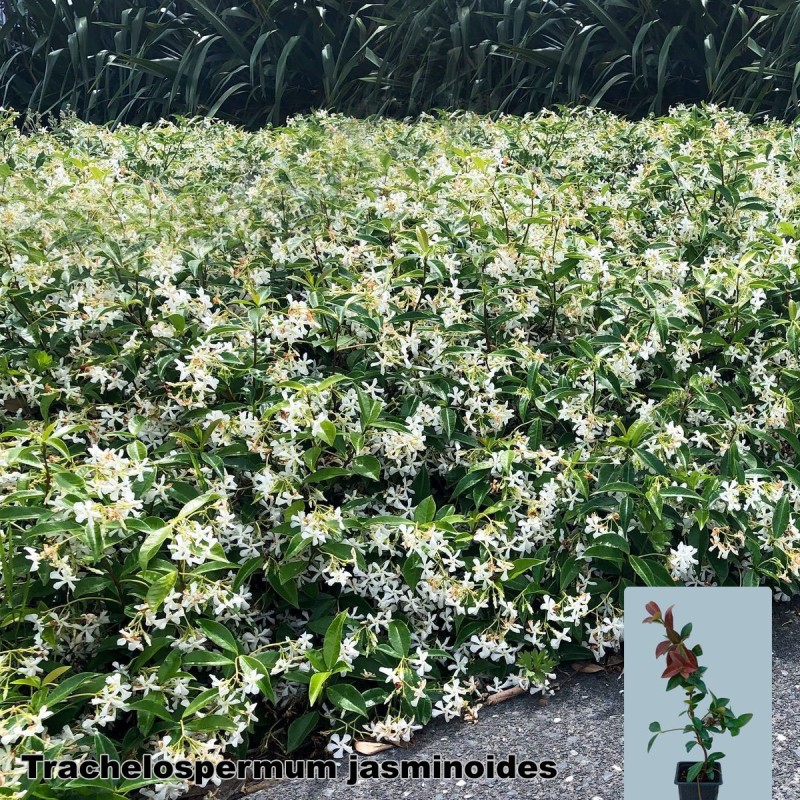Trachelospermum jasminoides is a species of flowering plant in the family Apocynaceae, native to eastern and southeastern Asia (Japan, Korea, southern China and Vietnam). Common names include Confederate jasmine, star jasmine, Confederate jessamine, and Chinese star jessamine. This plant, and the variegated cultivar Variegatum, have gained the Royal Horticultural Societys Award of Garden Merit.

